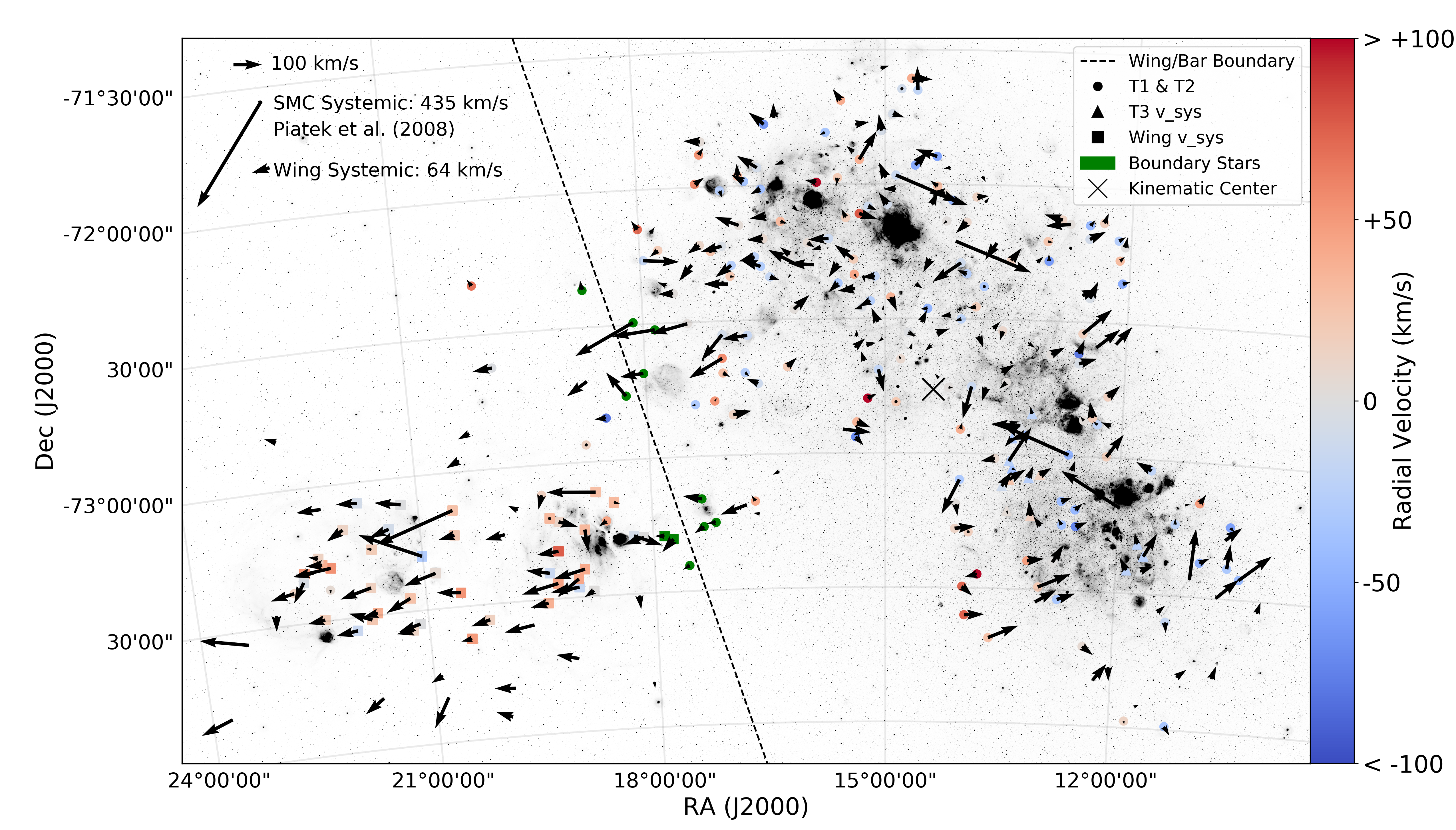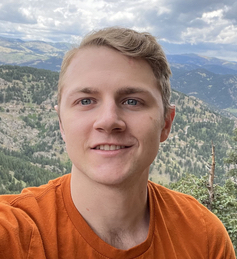I am a PhD candidate in the Department of Astrophysical and Planetary Sciences at the University of Colorado, Boulder. I obtained my M.S. here in 2023 and my B.S. from the University of Michigan in 2020. I have worked on a few different topics in astrophysics since I began research in 2017/18, publishing four first-author papers (see links below).
Since May 2022, I have worked with Prof. Jack Burns and Dr. David Rapetti. In my first paper (see below), we found that using a neural network emulator to efficiently constrain the global 21 cm signal in a Bayesian fitting analysis requires the emulator to be extremely accurate for the resulting posterior distributions to be unbiased. This work highlighted the strengths but also the limitations of existing fully-connected neural network emulators of the 21 cm signal, which motivated my next work. I recently published and released 21cmLSTM (GitHub), which a publicly-available emulator of the global 21 cm signal that is based on long short-term memory (LSTM) recurrent neural networks rather than fully-connected networks. This fast emulator uses memory during training to identify long- and short-term patterns in the signal, which allows it to achieve unprecedented emulation accuracy and ultimately help to eliminate emulator-error-sourced bias in astrophysical parameter inference. My current work relates to further applying and adapting deep learning/ML techniques within 21 cm cosmology, such as to better extract the faint 21 cm signal from the beam-weighted foreground. My work is also in preparation for analyzing observations from the LuSEE-Night and ROLSES-2 low radio frequency instruments launching for the surface of the Moon in ~2026, including strategies to select and/or remove radio frequency interference and planetary/Solar burst emission.
I began research with Prof. Sally Oey my sophomore year at U of M, where I analyzed Gaia proper motion data, rotational velocities, and masses of massive, isolated stars in the SMC to study and place initial constraints on this final, kinematic phase of many stars. By comparing these data with models, we found that the vast majority of them are runaway stars that were dynamically ejected from their birth clusters. After graduating, I worked with Prof. Sean Johnson to analyze Hubble Space Telescope COS UV spectra of quasars and to clarify the nature of metal lines (O VII) measured toward the bright blazar 1ES 1553+113. This work helped confirm the uncertain redshift of this blazar and provided a robust technique to accurately constrain blazar redshifts using just the edge of the Lyman-alpha forest.
I also love to rock climb, trail run, and play chess.
Recent Work

A Memory-based Emulator of the Global 21 cm Signal with Unprecedented Accuracy
The above image (Dorigo Jones et al., accepted) shows the Bayesian posterior signal constraints (shown in red) when using the 21cmLSTM emulator to fit mock data realizations of the global 21 cm signal with different levels of added observational noise. These results, along with those presented in the paper, demonstrate that 21cmLSTM can be used to not only quickly and accurately emulate the signal for different models, but also to obtain unbiased constraints when fitting even very optimistic measurements of the signal. The emulator is publicly available on my GitHub page (github.com/jdorigojones/21cmLSTM) so that it can be easily employed and retrained for different models or data sets. 21cmLSTM adds to the growing body of astrophysics and cosmology research finding that LSTM recurrent neural networks can perform as well as or better than fully connected neural networks in prediction or classification of data that contains intrinsic correlation over time.

Validating posteriors obtained by an emulator for the global 21-cm signal
The above image (Dorigo Jones et al. 2023) shows the posterior distributions obtained via Bayesian nested sampling when jointly-fitting mock data of the global 21-cm signal and high-z galaxy UV luminosity function. We use either a neural-network-based emulator as the model in the likelihood (shown in red), or the full model on which the emulator was trained (shown in black). For a standard noise level of 25 mK in the 21-cm signal being fit, ARES finds the correct parameter values to within 1σ, while the emulator is biased for two parameters by 3σ. These results, along with the posteriors for other noise levels, give a comprehensive view of the astrophysical constraints that can be expected for 21-cm cosmology experiments when including UVLF data.

Origins of Massive Runaway Stars
The above image (Oey, Dorigo Jones et al. 2018) shows the transverse velocity vectors for 315 isolated OB stars in the Small Magellanic Cloud (SMC). Larger velocity vectors are faster runaway stars, the vast majority of which were dynamically ejected from their birth clusters due to close gravitational interactions (Dorigo Jones et al. 2020). Interestingly, the stars in the lower left region of the SMC show a systemic velocity toward the LMC, which is indirect evidence of a direct collision between the Magellanic Clouds predicted to have occurred ~150 Myr ago.

Improving Blazar Redshift Constraints
The above image (Dorigo Jones et al. 2022) depicts the intrinsic scatter in the gap between AGN systemic redshifts (zsys) and the highest-redshift H I Lyα absorption line detected toward them (max(zLyα)), for 192 AGN at z < 0.5. We use the 95% confidence interval (highlighted) as a robust redshift estimator when combined with an object's UV-detected max(zLyα). We improve the redshift estimates of two blazars and confirm the galaxy group association of 1ES 1553+113. Among other potential applications, this redshift constraint technique may improve searches for the highly-ionized IGM performed toward bright blazars with X-ray telescopes.
Press
Contact
- Email: johnny.dorigojones(at)colorado(dot)edu




